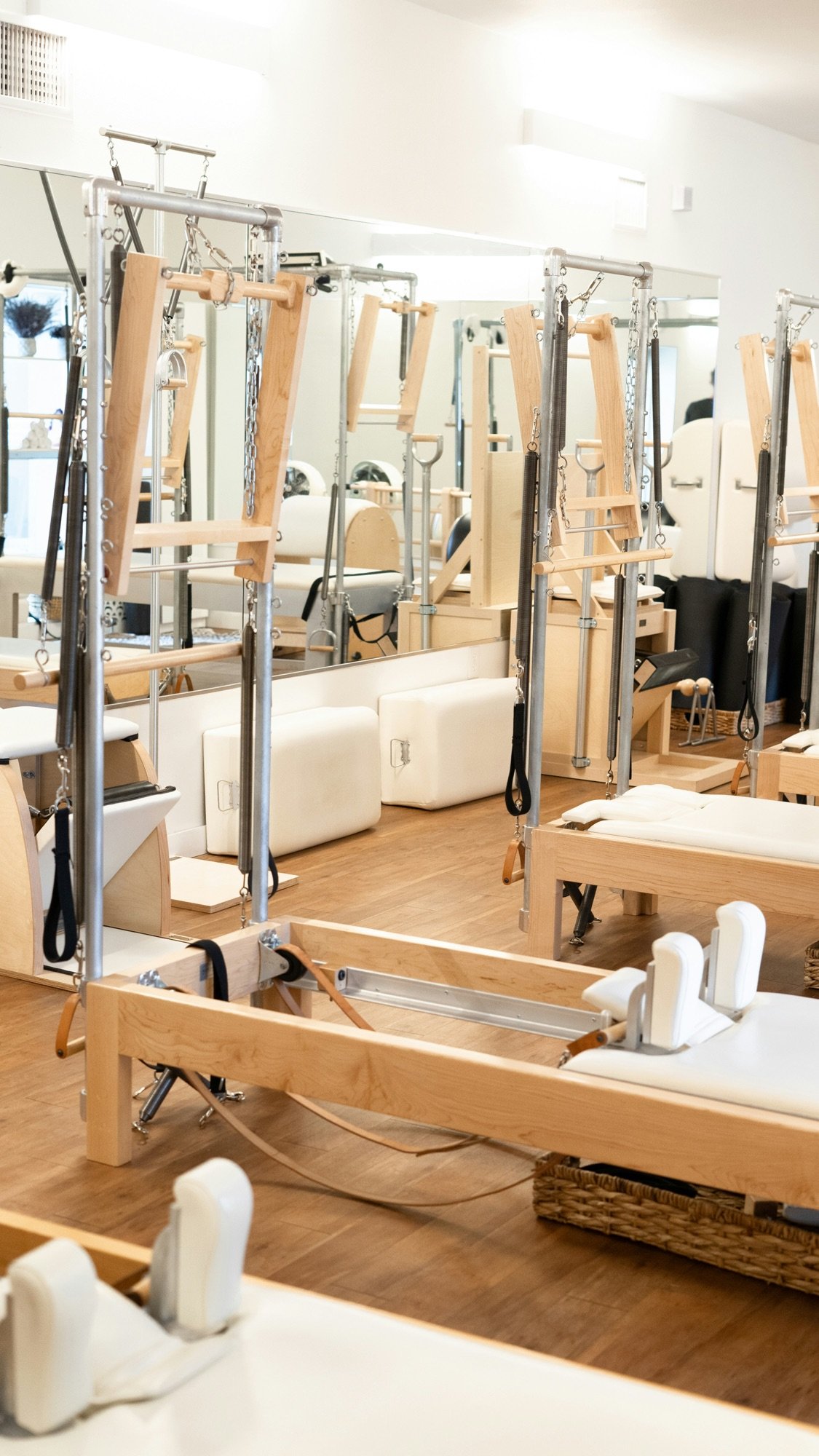The Pilates method, a widely respected form of exercise and rehabilitation, was founded by Joseph Pilates in the early 20th century. Its significance in the world of fitness cannot be overstated, as it emphasizes core strength, flexibility, and overall body awareness. The Pilates method has evolved over the decades, thanks in large part to a group of dedicated individuals known as the ‘Pilates Elders.’ These first-generation teachers were directly trained by Joseph Pilates himself and have played a crucial role in preserving, promoting, and advancing his teachings.
The term ‘Pilates Elders’ refers to a select group of pioneers who were instrumental in carrying forward the original principles of the Pilates method. Among these luminaries are Ron Fletcher, Kathy Grant, Eve Gentry, Carola Trier, and Romana Kryzanowska. Each of these figures brought their unique perspectives and innovations to the Pilates community, ensuring that the method remained relevant and effective for generations to come.
Collectively, these Pilates Elders have left an indelible mark on the discipline, ensuring its continued growth and relevance. Their legacies serve as a foundation for modern practitioners, who continue to build upon their work to adapt the Pilates method for new generations and diverse needs.
Ron Fletcher, Kathy Grant, and Eve Gentry: Innovators and Educators
Ron Fletcher’s unique contribution to the Pilates community is deeply rooted in his background as a professional dancer. A former member of the Martha Graham Dance Company, Fletcher’s approach to Pilates seamlessly integrated the fluidity and expressiveness of dance with the precision of Pilates. This fusion gave birth to the Fletcher Pilates technique, which emphasizes rhythmic movement, breath control, and dynamic flow. Fletcher’s innovative method not only preserved the core principles of Joseph Pilates’ work but also expanded them, making Pilates more accessible and engaging for dancers and non-dancers alike. His legacy is reflected in the continued popularity of Fletcher Pilates, which remains a testament to his visionary approach.
Kathy Grant stands out as one of the few African-American Pilates Elders, carving a distinguished path in the Pilates community through her meticulous teaching and innovative exercises. Grant’s background in dance and her experiences with injuries led her to adapt Pilates techniques specifically for rehabilitation. She developed a series of exercises and teaching methods that were particularly effective in helping individuals recover from injuries and improve their overall physical health. Grant’s dedication to precision and her ability to tailor Pilates to individual needs have left an indelible mark on the practice, influencing countless instructors and practitioners who continue to draw inspiration from her methods.
Eve Gentry is celebrated for her pioneering work in therapeutic Pilates, particularly in aiding dancers’ recovery from injuries. After facing her own challenges with a mastectomy, Gentry’s personal experience with rehabilitation informed her approach to Pilates. She developed the ‘Gentry Technique,’ a method focusing on gentle, restorative movements that promote healing and functional improvement. Gentry’s technique has been instrumental in demonstrating the therapeutic potential of Pilates beyond traditional fitness, highlighting its benefits for injury prevention and recovery. Her contributions have significantly shaped the therapeutic applications of Pilates, ensuring its place as a holistic practice that supports both physical and emotional well-being.
Carola Trier and Romana Kryzanowska: Preserving and Expanding the Method
Carola Trier, a former dancer and acrobat, was a notable figure in the Pilates community, receiving Joseph Pilates’ endorsement to open one of the first studios in New York City. Trier’s unique approach to Pilates blended athleticism with a meticulous focus on precision. Her background in dance and acrobatics provided her with an intrinsic understanding of body mechanics, which she skillfully integrated into her teaching methodology. By emphasizing controlled movements and precision, Trier managed to enhance the effectiveness of Pilates exercises, making them more accessible to a broader audience, including athletes, dancers, and individuals undergoing rehabilitation.
Trier’s studio became a haven for those seeking to improve their physical well-being through Pilates. Her innovative methods and dedication to refining the practice played a significant role in popularizing Pilates in the United States. Trier’s legacy lies in her ability to adapt and expand the Pilates repertoire, ensuring that the exercises could be tailored to meet the diverse needs of her clients. This adaptability and her commitment to maintaining the core principles of Pilates contributed significantly to the method’s growth and acceptance.
Romana Kryzanowska, often heralded as Joseph Pilates’ protégé, dedicated her life to preserving and promoting the original Pilates method. Kryzanowska’s journey into Pilates began as a young dancer recovering from an injury, leading her to train directly under Joseph Pilates. Her profound understanding of the method and unwavering dedication to its authenticity set her apart as a master instructor. Kryzanowska’s teaching style was characterized by her emphasis on the classical method, ensuring that the principles laid down by Joseph Pilates were meticulously adhered to.
In her efforts to propagate the Pilates method, Kryzanowska trained numerous instructors, thereby creating a network of highly skilled practitioners who could continue teaching the authentic Pilates technique. Her role in establishing Pilates as a global fitness phenomenon cannot be overstated. Through workshops, training programs, and her unwavering commitment to the original Pilates principles, Kryzanowska ensured that the method remained true to its roots while gaining international recognition and acclaim. Her legacy endures through the countless instructors and enthusiasts who continue to uphold the Pilates tradition.

